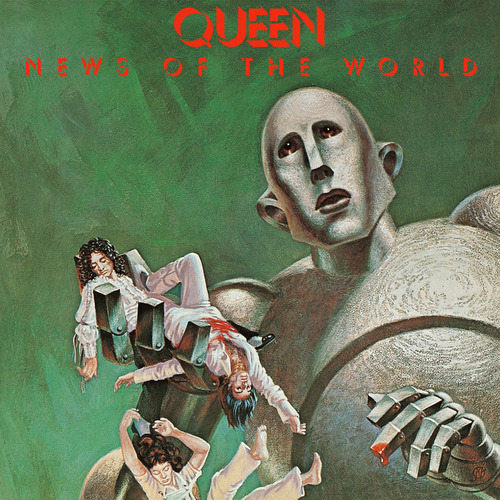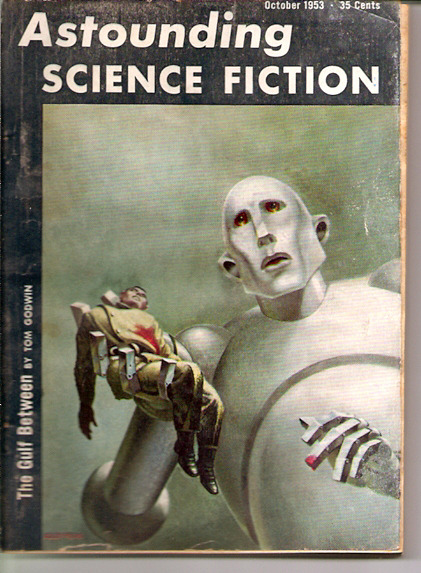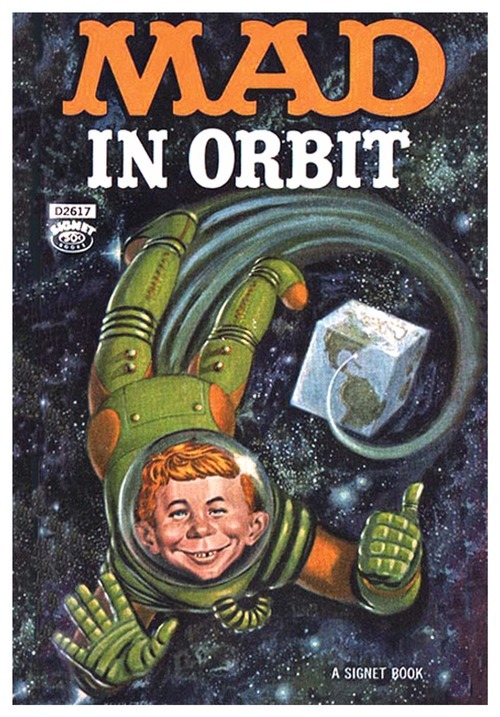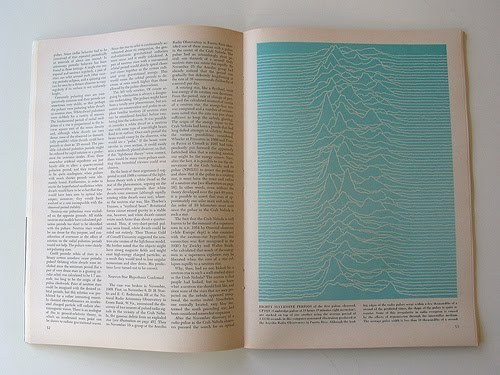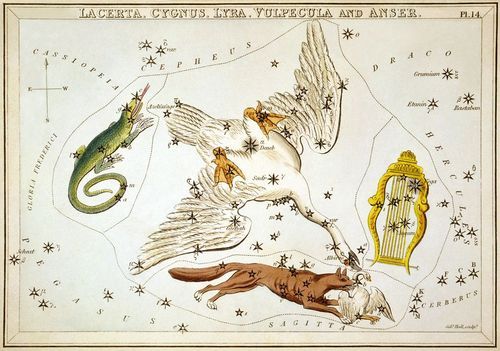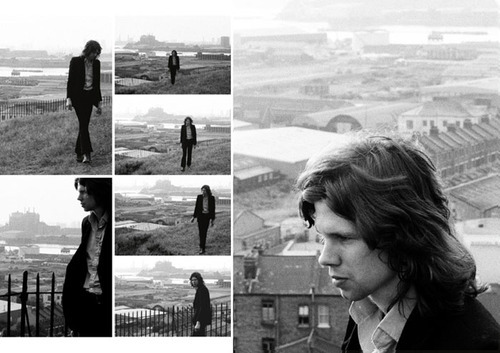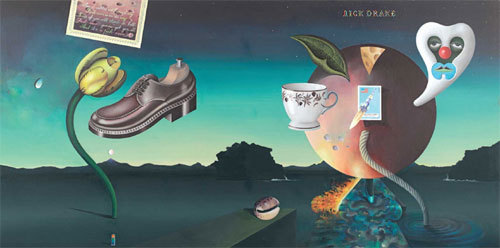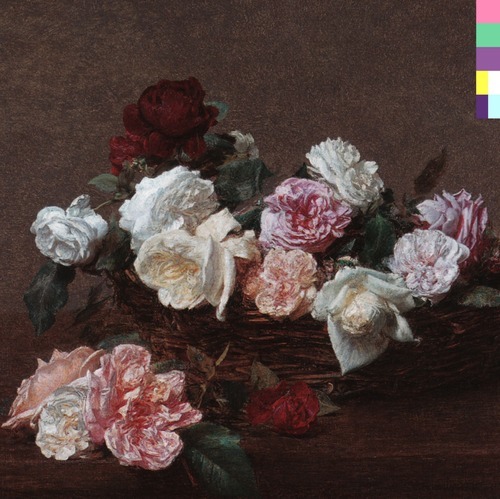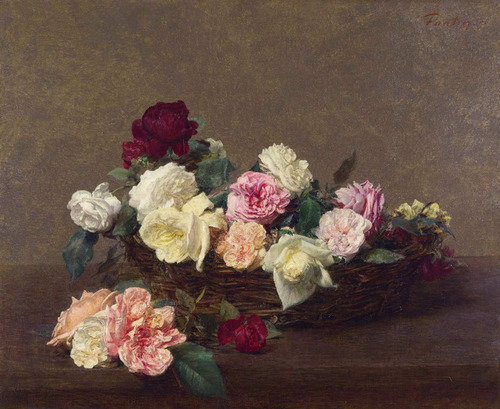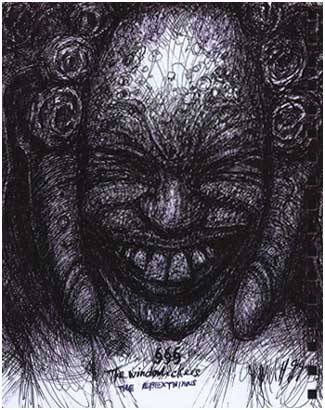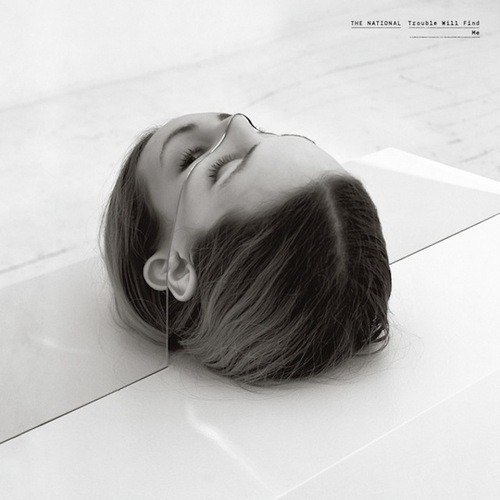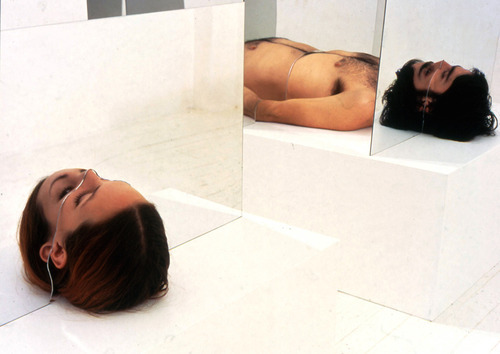

The album artwork for Blur’s 2003 album Think Tank was created by the legendary Banksy, famous London street artist and renowned worldwide as the world’s leading graffiti artist. Banksy doesn’t normally head down the commercial route – tending to do all work off his own back – so it was a surprise to learn that Banksy had let Blur pay him for this album cover.

“I’ve done a few things to pay the bills, and I did the Blur album. It was a good record and [the commission was] quite a lot of money. I think that’s a really important distinction to make. If it’s something you actually believe in, doing something commercial doesn’t turn it to shit just because it’s commercial. Otherwise you’ve got to be a socialist rejecting capitalism altogether, because the idea that you can marry a quality product with a quality visual and be a part of that even though it’s capitalistic is sometimes a contradiction you cant live with. But sometimes it’s pretty symbiotic, like the Blur situation.” As well as the commission, the album art was sold for £75,000.
The unaltered and roughly displayed artwork reflects the rough, alternative style of the band, but the use of big shot Banksy also reflects the extremely popular nature of the product.
The art on the front is very similar to another stencil Banksy created two years later of two policemen kissing – a work that fetched £345,000 at an Auction in the US.














